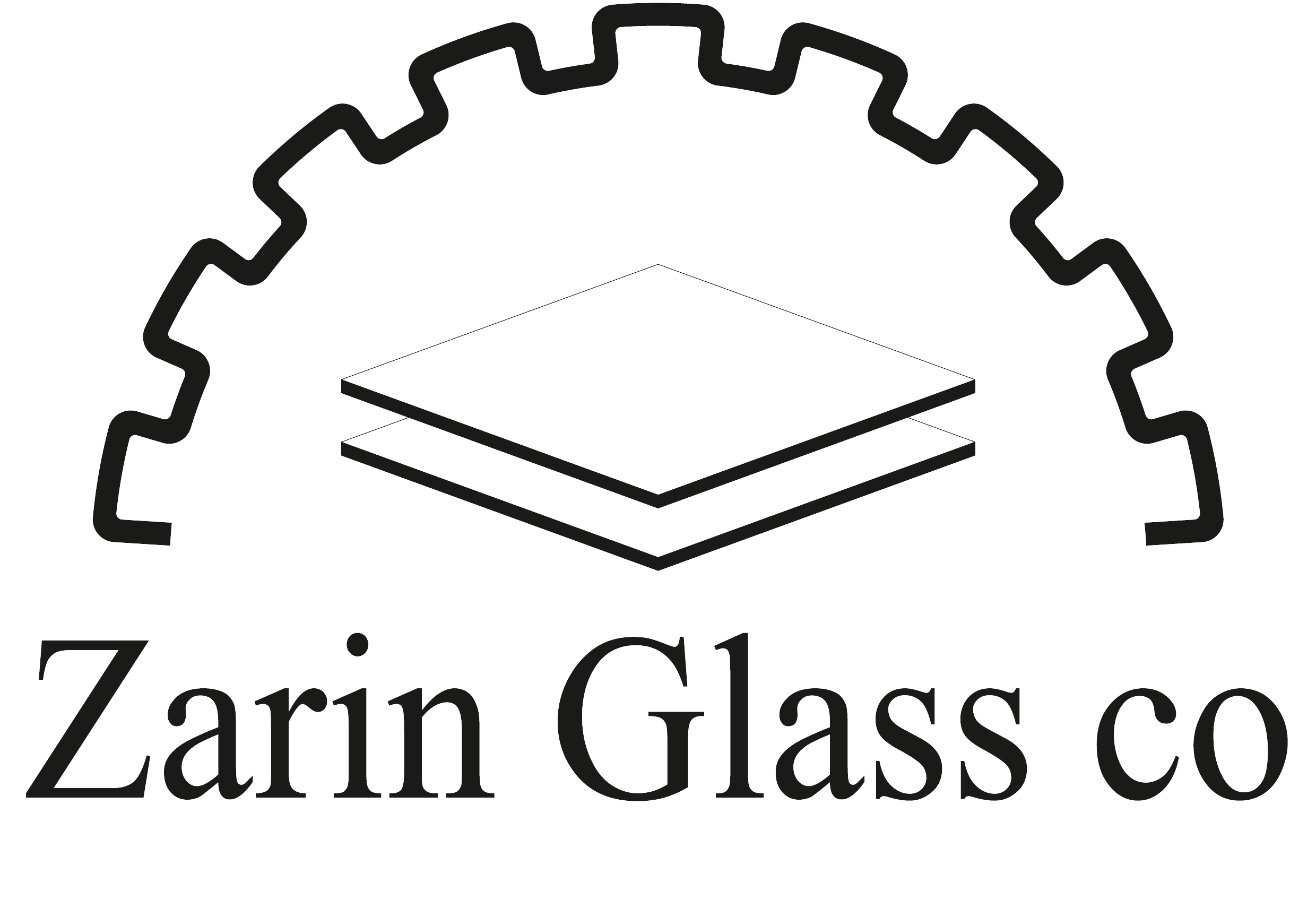
 Overview
Overview
 Advantages and Uses
Advantages and Uses
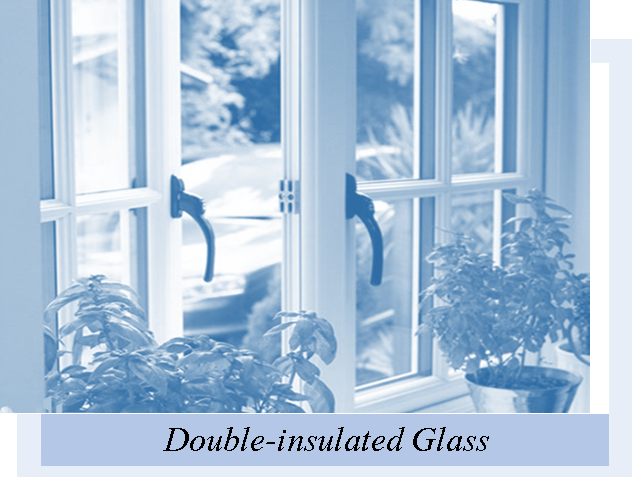
 Overview
Overview
Double- glazed Glass
In 1865, double-glazed glazed windows came into existence in New York City in order to respond to the need of humans to reduce the noise of their surrounding environment, as well as to reduce energy loss and generally increase hauman comfort and peace.
The structure of this product is a frame consisting of two or more layers of parallel glass, which is filled with a homogeneous chamber of dry air or gas, due to the fact that the principle of producing double-glazed glass is based on creating an impermeable unit with proper insulation. This empty space between the layers of glass is known as the main diference between double-glazed glass and ordinary glass.

The glass layers in this product are made by aluminum spacers injected with inert gases such as argon or sometimes krypton. This inert gas, due to its properties, creats a thermal insulation surface in double-glazed glass and by reducing the amount of convetion in the space between the two glasses, and as a result, reducing the conductivity of the glass, it causes a reduction in energy loss through the glasses. This space also prevents the passage of noise from the outside to the inside and vice versa. As the result of preventing the movement of temperature and sound between the two environments, these glasses are considered a type of sound and thermal insulation.
The usual thickness of double-glazed glass varies from 6 mm to 16 mm and is 2 mm by 2 mm. Also, the posiibility to use different types of glass such as colored, reflex, tempered and laminated in double-glazed glass, depending on different needs and applications, is another advantage of using this product.
Sometimes, instead of two parallel glasses, three glasses are used, as a result of which a three-paned window is made. Triple-glazed glasses are more insulating than double-glazed and have higher resistance. But under normal conditions, the double-glass model will meet the usual needs.
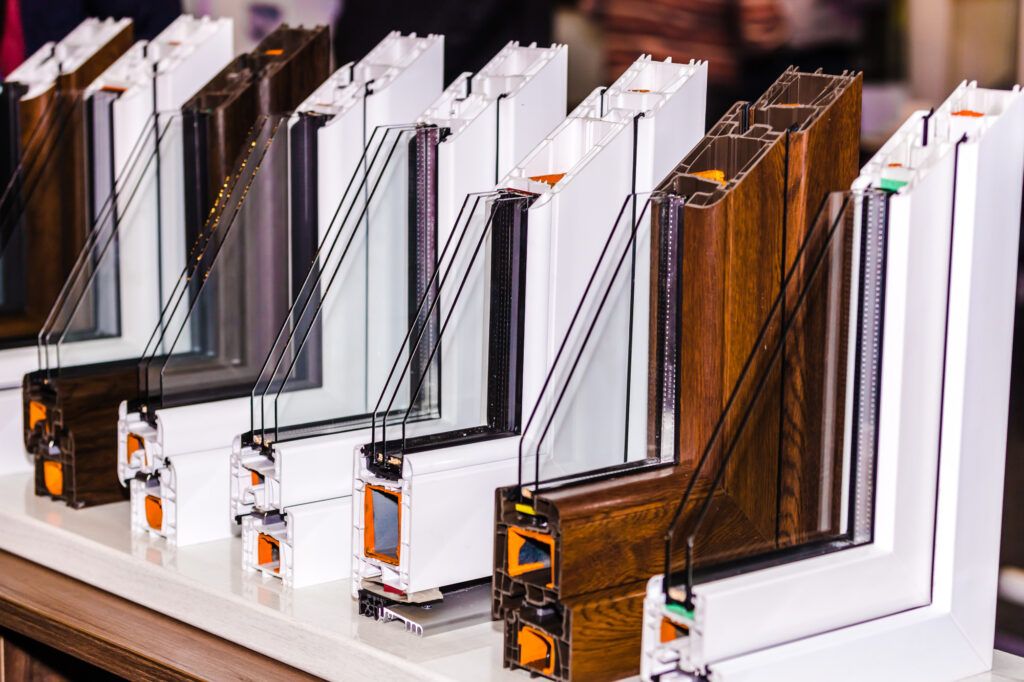
By considering the customers’ expectations of the performance of double-glazed glass, different structures can be created:
In order to create thermal insulation, the thickness of the double-glazed glass can be less and the thermal spacer of the double-glazed glass can be chosen more.
With the aim of creating sound insulation, the thickness of double-glazed glass is considered more because the sound wave is broken more when hitting thick glass and more suitable sound insulation is provided.
and finally, if sound insulation and thermal insulation are desired by the consumer, the thickness of the double-glazed glass should be 4 and 6 mm, and the thickness of the air between the two glasses should be 8 mm to reach a total thickness of 18 mm.
The standard tests of double-glazed windows based on the national standard of the country, which is taken from the standards of advanced industrial countries, are as follows:
 Advantages and Uses
Advantages and Uses
Advantages and Uses
After getting familiar with the structre and operation of double-glazed windows, it is not without grace to check the advantages of using this type of glass. Some of the benefits of this product are:
These advantages allow the use of this product in the following cases:
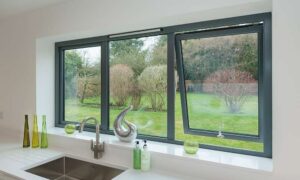 Doors and windows of buildings
Doors and windows of buildings
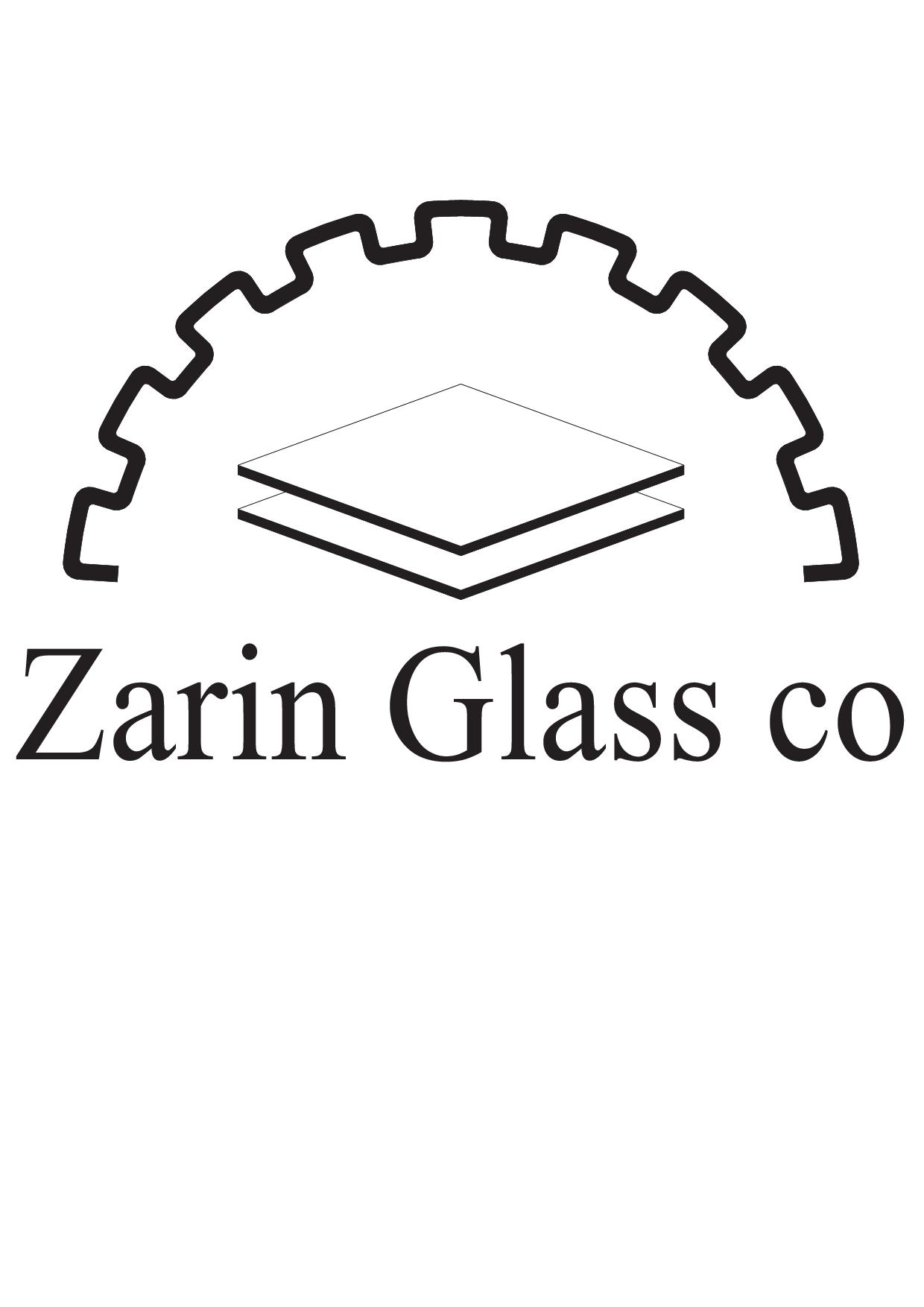
The Power of Quality
Sign up to receive our latest news:
All rights of this website belong to Zarin Glass co.
Design and Development: Nungar Processing